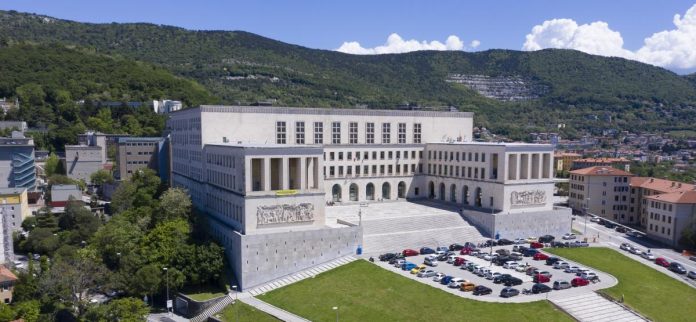by InTrieste
Trieste, long a crossroads of cultures, has become the stage for an academic inquiry into the meaning of borders—both real and imagined. This week, the University of Trieste is hosting the T4EU Common European Heritage Week, a five-day exploration of Europe’s shared cultural legacies, convening scholars, students, and the public to discuss the fluidity of borders and the histories they carry.
The initiative, part of the Transform4Europe alliance, will welcome 40 students from nine universities across the continent for an intensive program of interdisciplinary discussions, field visits, and public lectures. At its core is a three-day conference titled Transborder Heritage: A Multidisciplinary Approach, which brings together anthropologists, historians, and architects to examine the enduring impact of Europe’s shifting frontiers.
A Borderland’s Past and Future
For centuries, Trieste has served as an entry point between East and West. Once the Austro-Hungarian Empire’s prized port, it later became a Cold War frontier between Italy and Yugoslavia. The past, here, is not something to be simply studied—it is lived.
The conference’s three keynote speakers will interrogate different facets of this legacy. Alessandro Monsutti, an anthropologist at the Graduate Institute in Geneva, will reflect on migration as a fundamental human experience. Borut Klabjan, a historian at the Science and Research Centre in Koper, will explore how national identities are formed at border regions. Neža Čebren Lipovec, an expert in architectural heritage at the University of Primorska, will analyze how contested spaces shape urban narratives.
“These borders have been drawn and redrawn for centuries,” said Klabjan. “But their most lasting effects are not the lines on a map—they’re the ways people remember and negotiate their identities.”
Crossing the Line—Literally
For the program’s participants, the theory will soon meet reality. On the final day, February 28, students will travel to the twin cities of Gorizia (Italy) and Nova Gorica (Slovenia), which in 2025 will jointly hold the title of European Capital of Culture. Their itinerary will include stops at the Border Museum, the Smuggling Museum, and the Special Permit Museum—each chronicling different aspects of the region’s fractured past.
“In the past, this was a place where movement was restricted,” said one of the event’s organizers. “Now, we are using it as a space for intellectual and cultural exchange.”
Public Conversations in the Heart of the City
Beyond the academic sphere, the week will also engage the Trieste public with three evening lectures, all held in English with Italian translations available. These talks, featuring the conference’s keynote speakers, will take place at venues across the city, including the historic Sala Tessitori and the University of Trieste’s Aula Magna.
In a city whose own identity is shaped by the ghosts of empires and the resilience of communities, the event asks a pressing question: What does it mean to belong in a world where borders continue to define us?
For five days in February, the University of Trieste hopes to offer an answer.





























